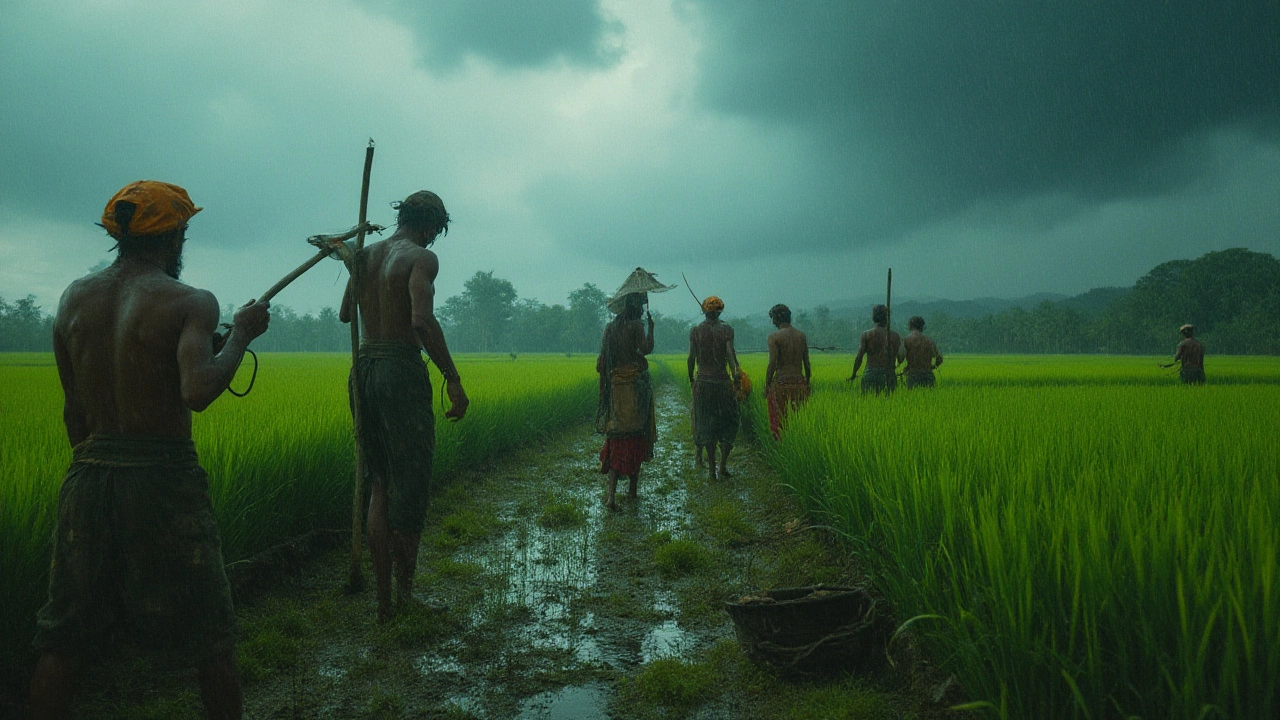Uncover the real risks of the rice business, from unpredictable weather to shifting market prices, and learn practical tips to protect your rice farming investment.
Rice Business: How to Grow, Sell, and Profit from Rice Farming in India
When you think of rice business, the commercial activity of growing, processing, and selling rice as a primary agricultural product. Also known as rice farming enterprise, it is one of the most vital food supply chains in India, feeding over a billion people and supporting millions of smallholder farmers. Unlike ornamental plants or balcony herbs, rice isn’t just a crop—it’s a livelihood. Every year, Indian farmers plant rice on over 44 million hectares, making it the country’s most widely grown cereal. But here’s the thing: most people don’t realize how much goes into turning a seed into a sack of rice that ends up on your table.
The rice farming, the practice of cultivating rice in paddy fields using seasonal water management and specific agronomic techniques isn’t a one-time job. It’s a cycle: land prep, seedling nurseries, transplanting, flood control, pest checks, and finally, harvest. And it’s not just about planting. You’ve got to know when to plant—monsoon timing matters more than you think. A delay of even two weeks can cut your yield by 20%. Then there’s the rice harvest, the process of cutting, drying, and threshing mature rice plants to extract edible grains. Many farmers lose up to 15% of their crop because they dry rice on dirty roads or store it in damp warehouses. That’s money straight down the drain.
Then comes the rice market, the network of buyers, traders, and middlemen who move rice from farm to consumer, including government procurement, local mandis, and export channels. This is where the real game changes. Some farmers sell raw paddy to local agents for Rs 18 per kg. Others dry, mill, and package their own rice—and sell it for Rs 45 per kg. The difference? Control. If you skip the middleman, you keep more profit. And with online platforms and direct-to-consumer models growing fast, even small farmers are starting to bypass traditional supply chains.
What you’ll find in the posts below isn’t fluff. It’s real talk from farmers who’ve been there. You’ll learn why rice can’t regrow every year (it’s an annual crop, not a perennial), how soil prep affects yield, and why water management makes or breaks a season. You’ll also see how rice fits into bigger farming systems—like crop rotation with pulses or intercropping with vegetables. These aren’t just gardening tips. They’re survival strategies for people who depend on this crop.
Whether you’re a smallholder with one acre, a cooperative manager, or someone thinking of entering the rice trade, this collection gives you the facts you need—not theory, not hype. Just what works on Indian soil, in Indian weather, for Indian farmers. No jargon. No guesswork. Just clear, practical insights to help you grow better, sell smarter, and earn more from the rice business.
